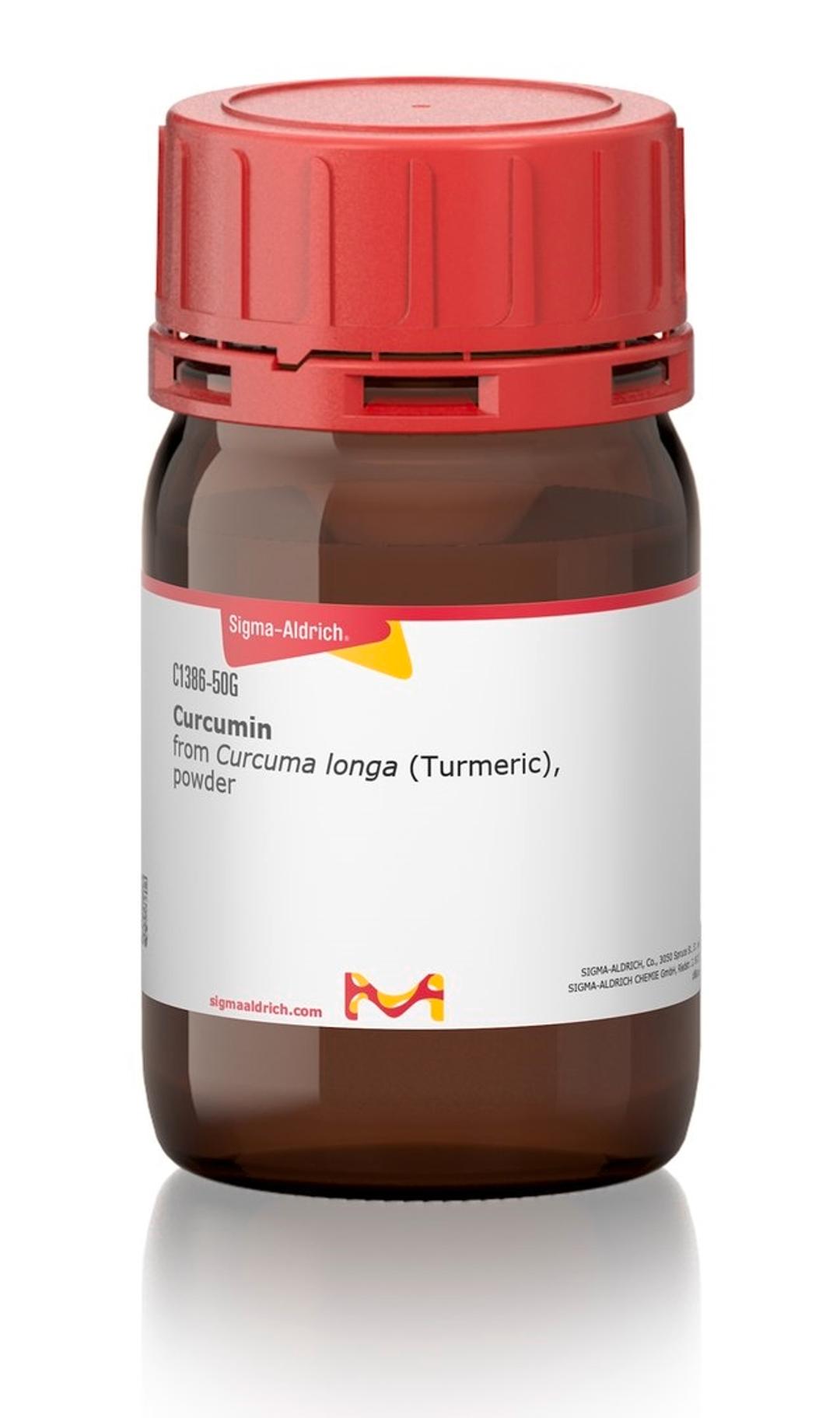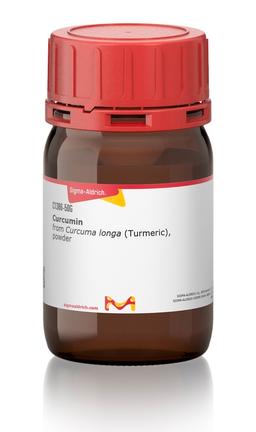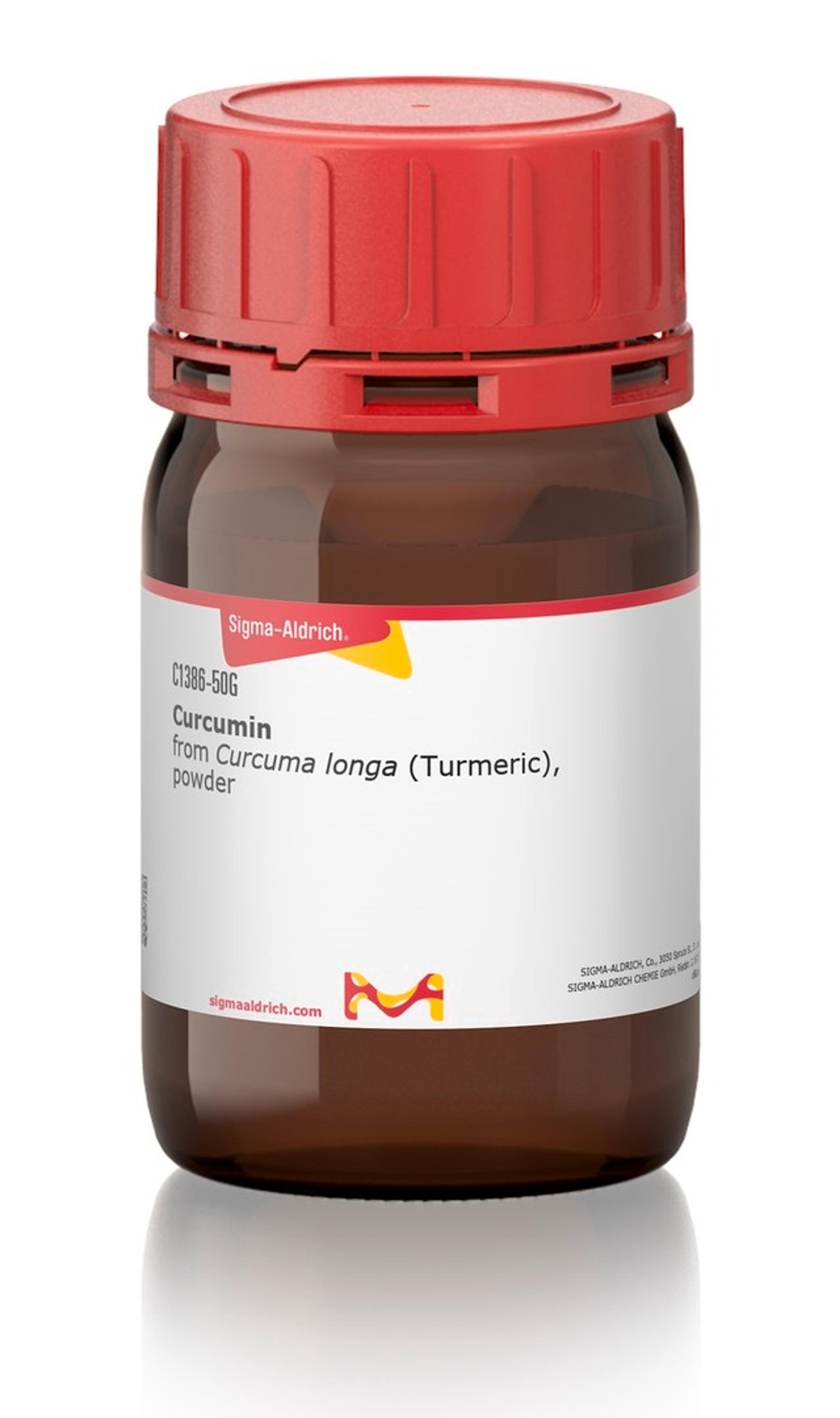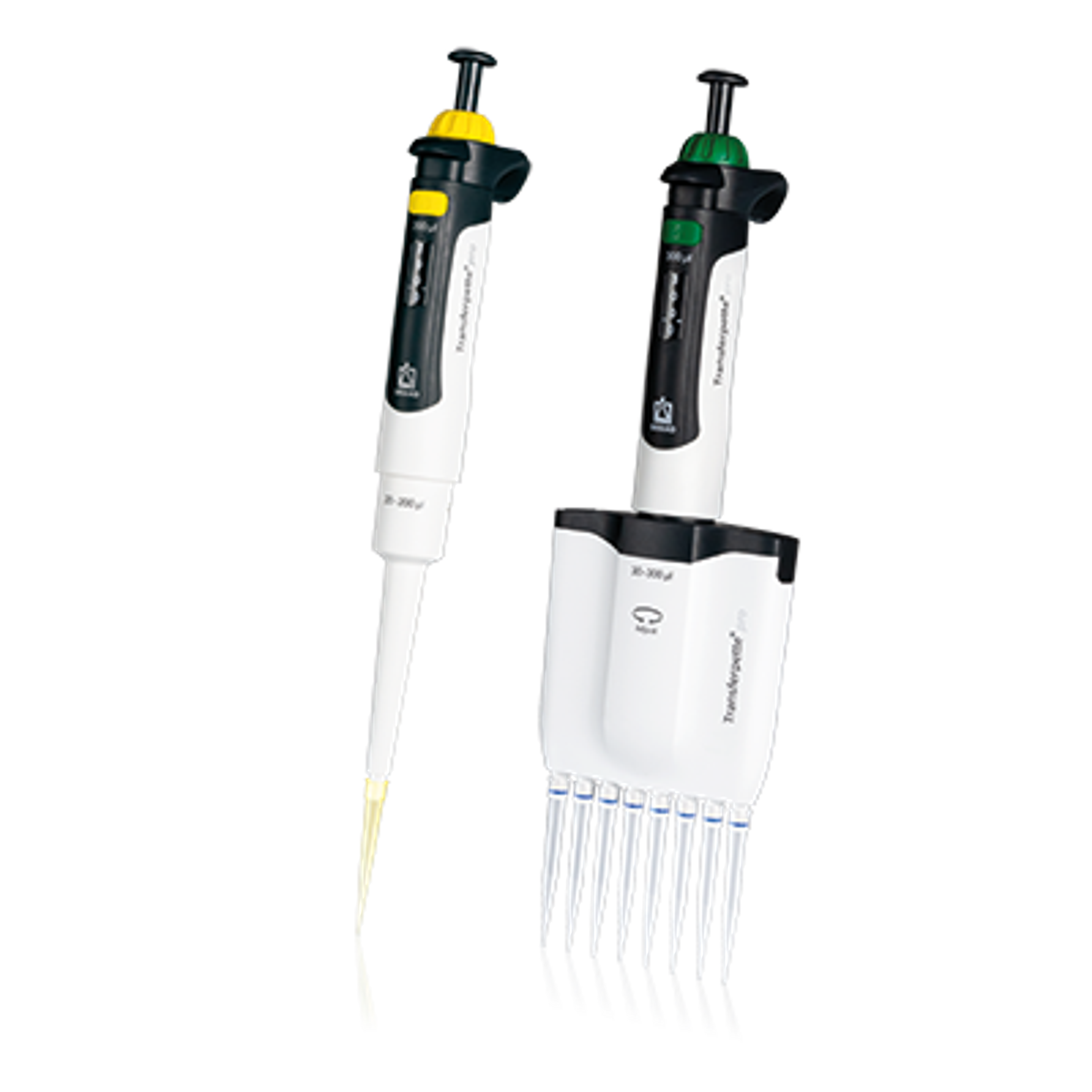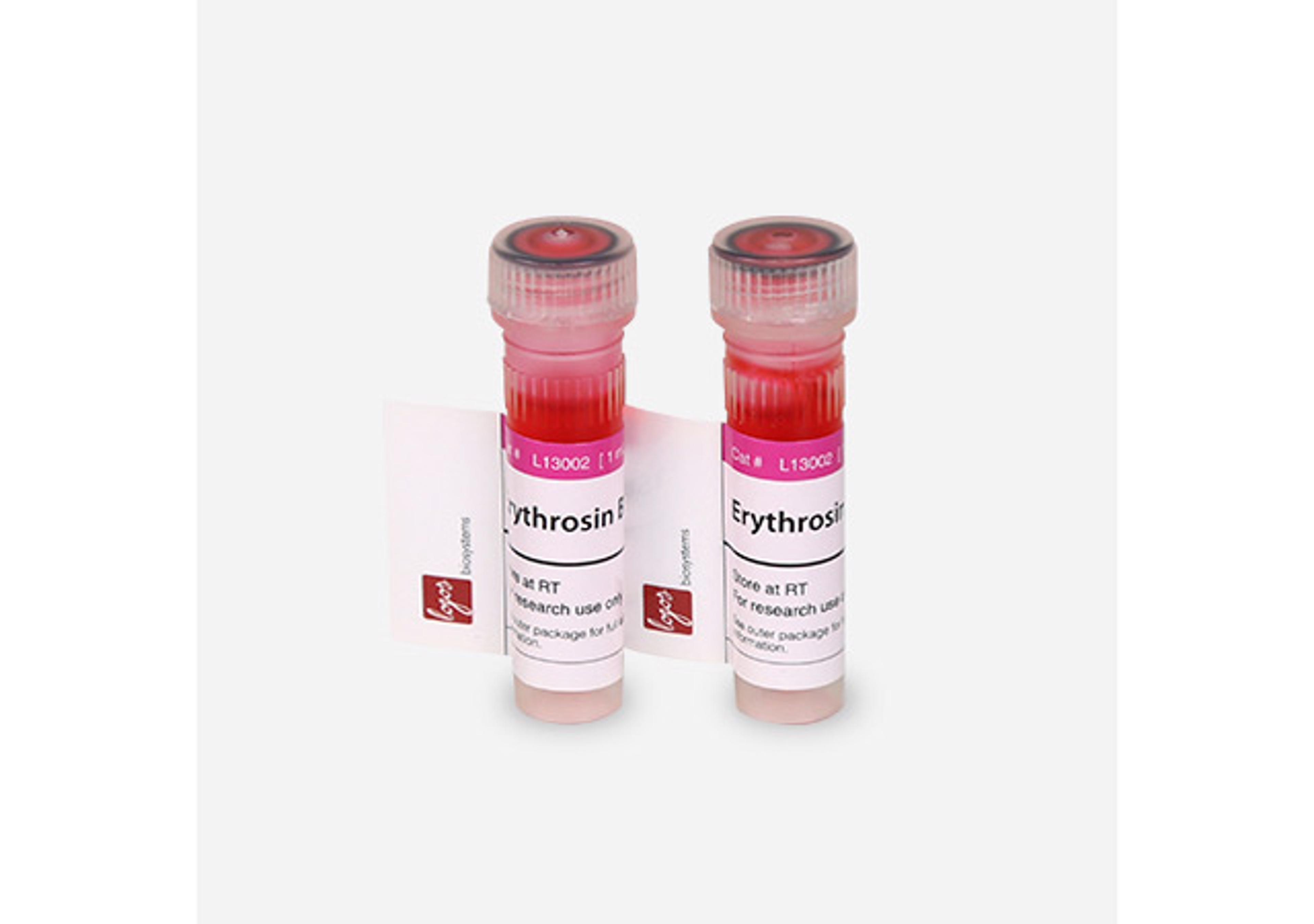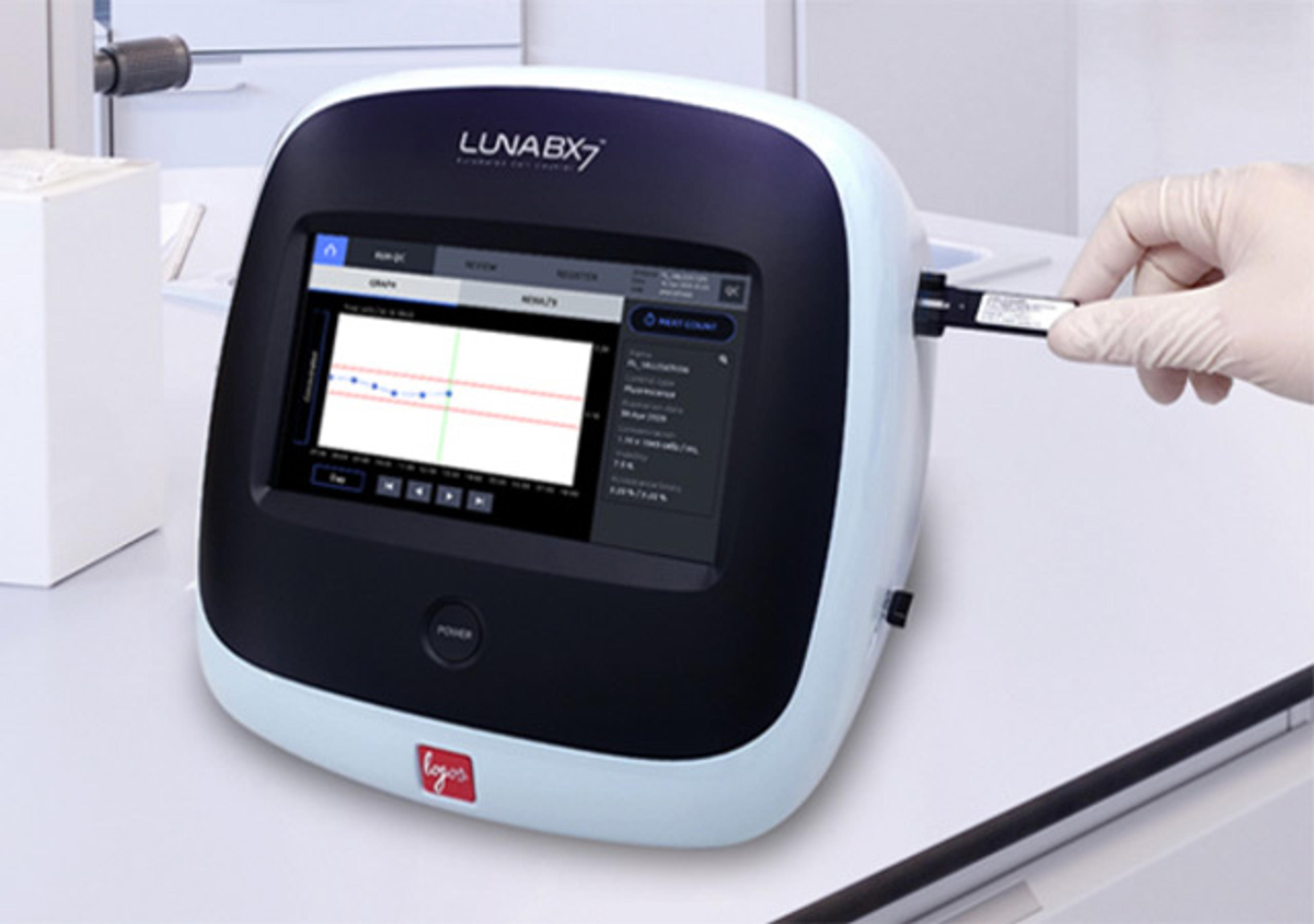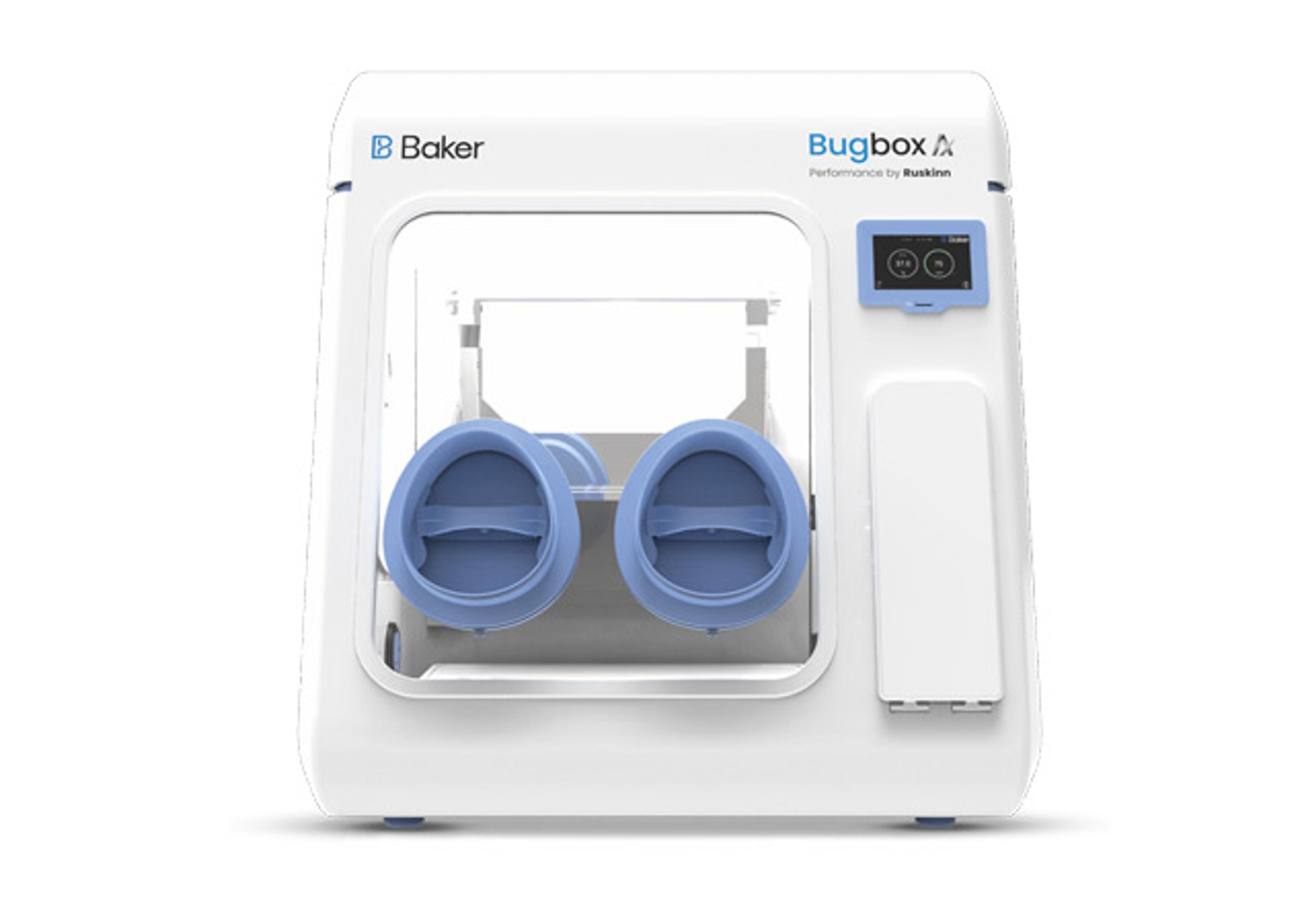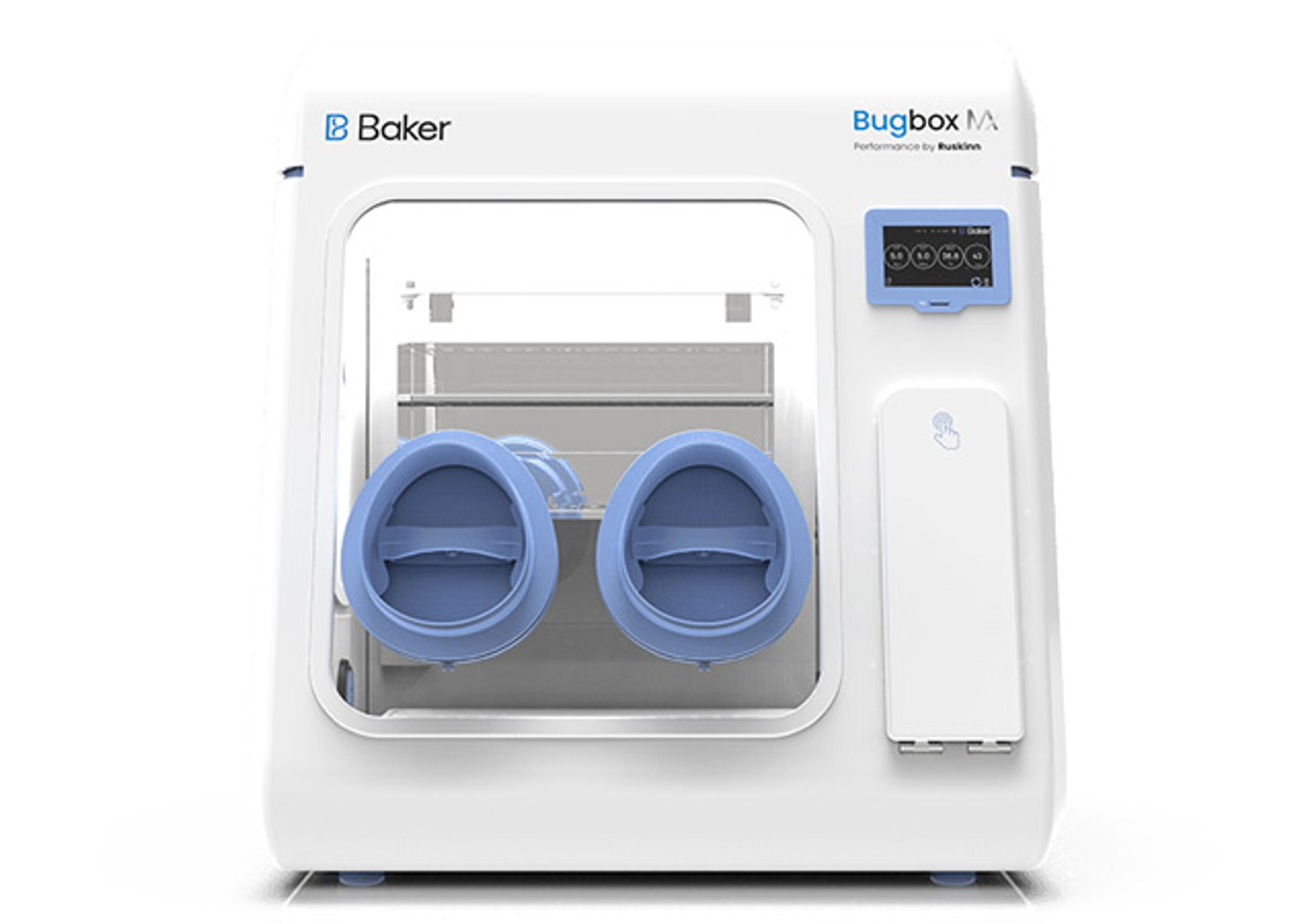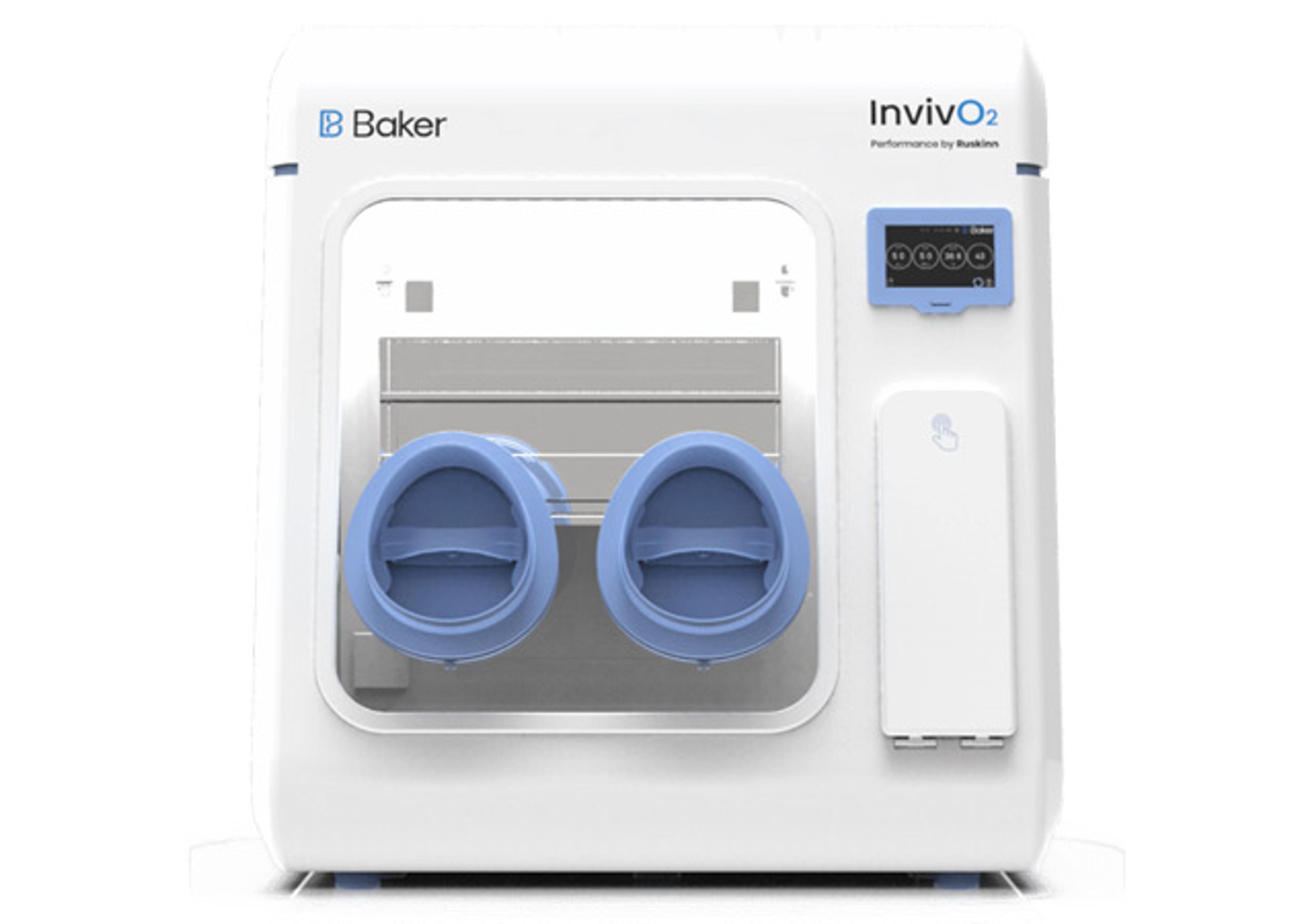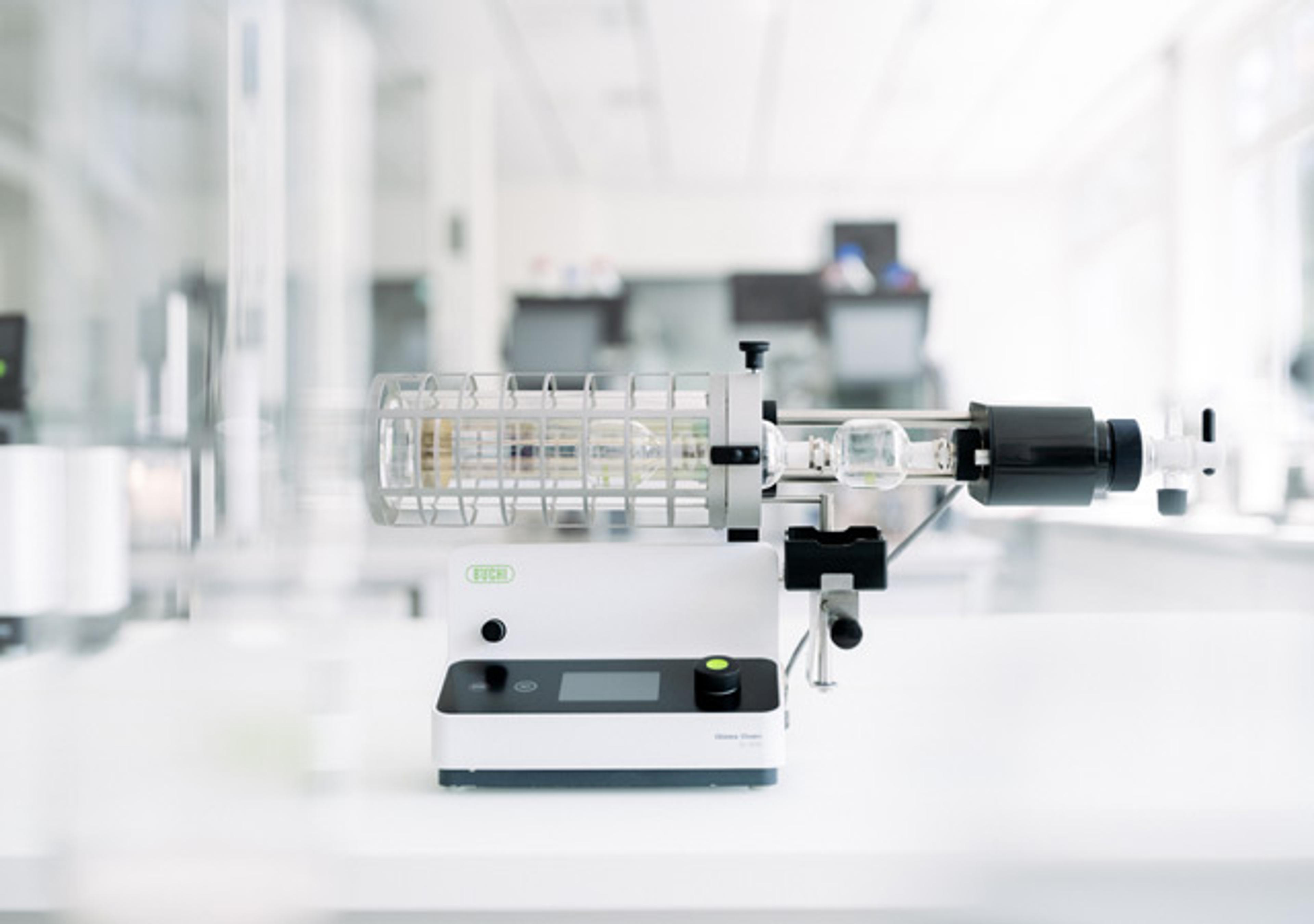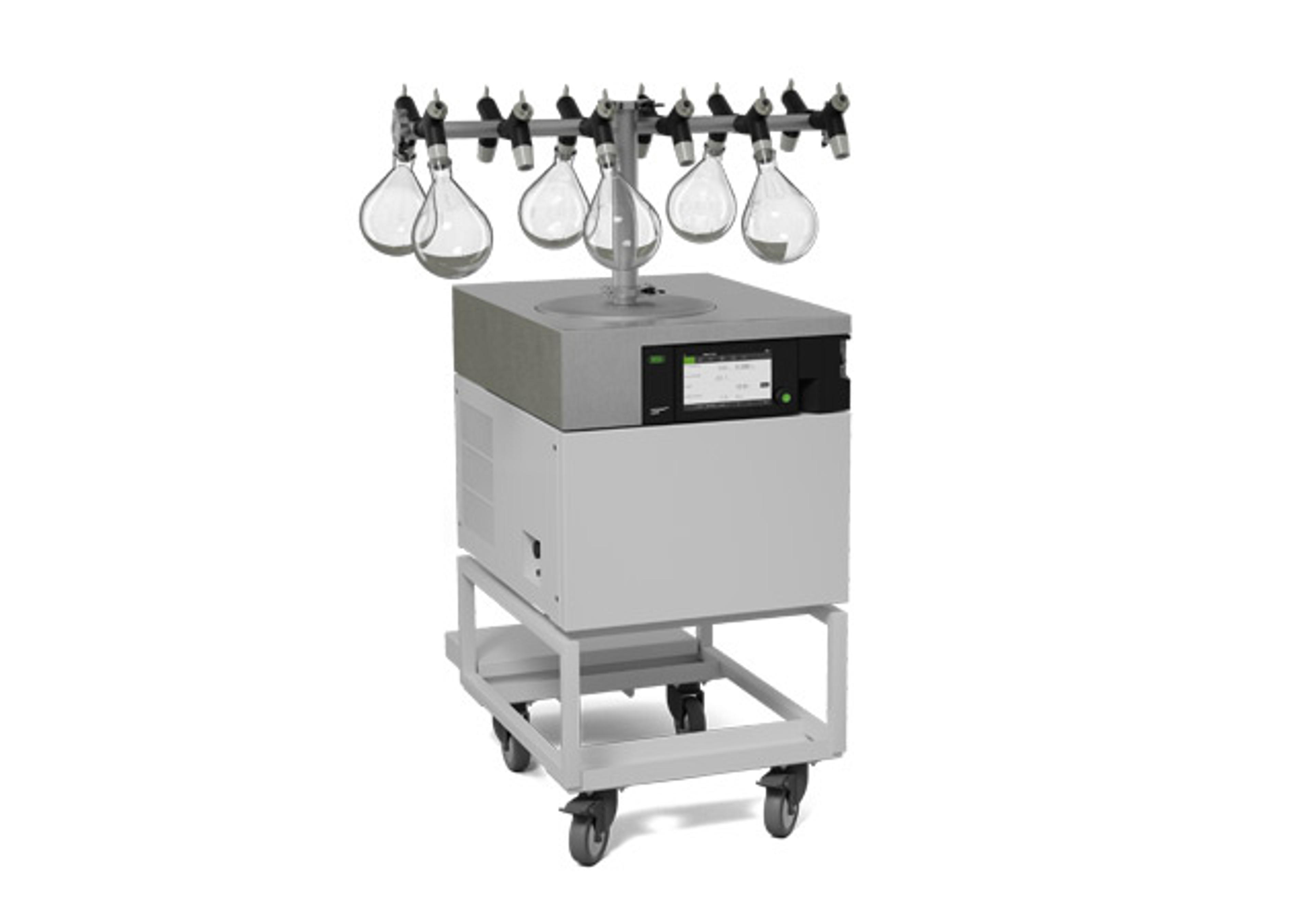Curcumin
Curcumin is a yellow-colored polyphenol obtained from the rhizome of Curcuma longa L. It constitutes an important part of various diets and herbal medicines, especially in the Asian continent for its various salubrious effects on human health. Application Curcumin has been used: to study its effect on the consequences and mechanism involved in the suppression of human homeobox gene NKX3.1 in the prostate cancer cell…

The supplier does not provide quotations for this product through SelectScience. You can search for similar products in our Product Directory.
Great results
Nanotechonology drug delivery
Very good product.
Review Date: 12 Oct 2021 | Merck
Curcumin is a yellow-colored polyphenol obtained from the rhizome of Curcuma longa L. It constitutes an important part of various diets and herbal medicines, especially in the Asian continent for its various salubrious effects on human health.
Application
Curcumin has been used:
- to study its effect on the consequences and mechanism involved in the suppression of human homeobox gene NKX3.1 in the prostate cancer cell LNCaP
- to examine its effect on stress in pigs by having an inhibitory impact on the serum cortisol concentration, hippocampal nitric oxide production, and brain-derived neurotrophic factor expression
- to study its effect as a dietary supplement on the growth, immunity, antioxidant activity, and disease resistance in Oreochromis niloticus
- to analyze its protective effect on the organotypic hippocampal slice cultures against the synaptic toxicity caused by amyloid beta peptides (Aβ1–42)
- to examine the possibility of its non-toxic concentrations to decrease the inflammation caused by interleukin-1beta (IL-1β) in cartilage explant cultures
- to study its protective impact against intestinal ischemia-reperfusion injury in rats
- to measure its antibacterial activity in vitro
- to determine its preventative effects for Alzheimer′s disease (AD) in mice
- as a bifunctional agent for generation and validation of the erythroid 2-related factor 2 (Nrf2) reporter system
- to study its in vitro inhibitory effects on human liver glucuronidation activity
- to evaluate its effects on Parkinson′s disease (PD)-like phenotypes

